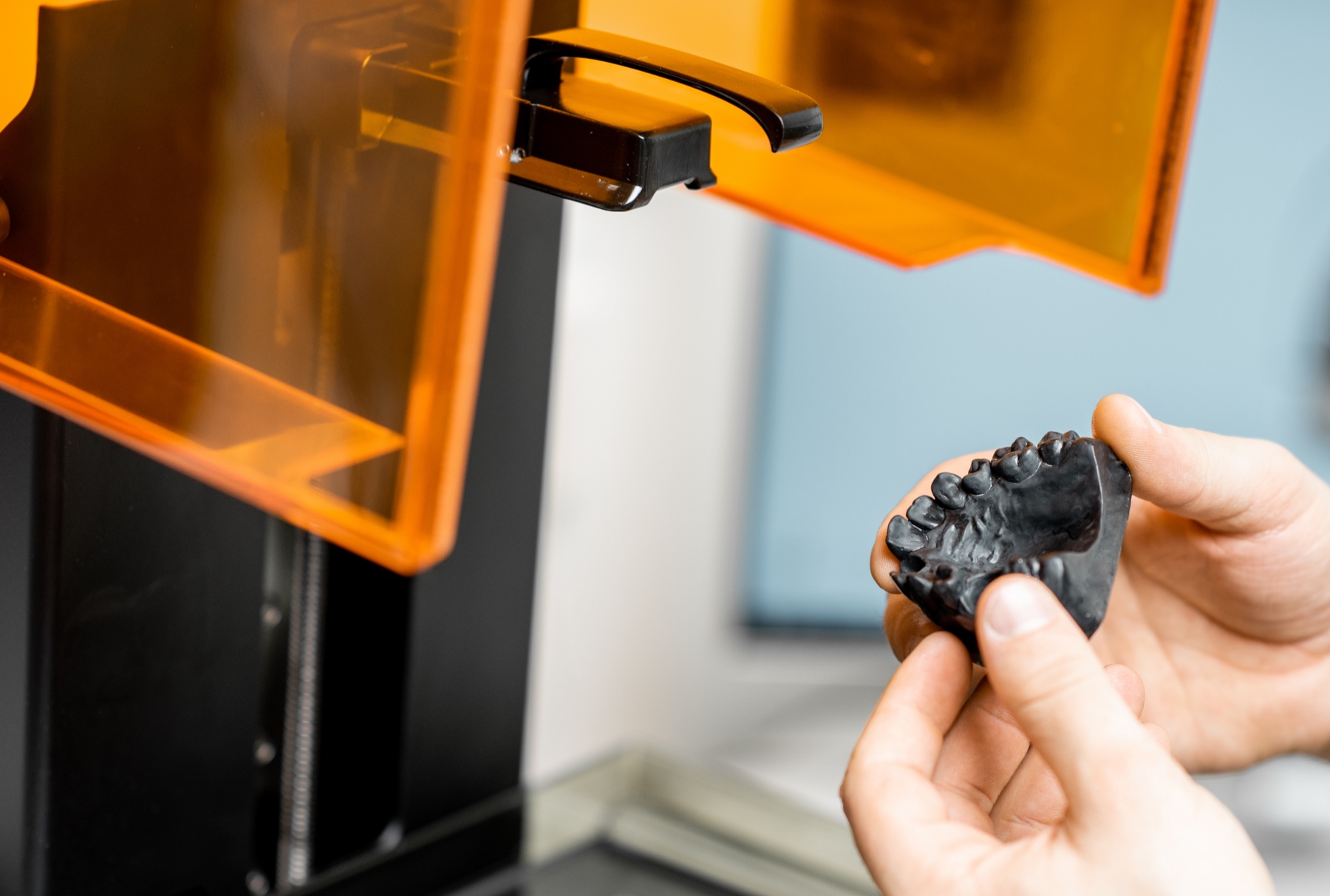Amin Dadgari
Improving process planning for microfabrication of metallic components.
Email: a.dadgari1@ncl.ac.uk
Project supervisors
- School of Engineering
- School of Mathematics, Statistics and Physics
Project description
We use micromachining for fabricating micrometre-scale structures. Increases in machining error are often due to the effects of downscaling. Tight tolerances mean that machining processes and their associated parameters need optimisation. This requires a thorough scientific understanding of machining characteristics.
We need to find solutions for downscaling issues which arise at the process planning stage.
I am investigating the characteristics of the cutting tool, workpiece material and machining parameters. I am conducting a critical review of the literature. I will follow this with a numerical and experimental study of the impact of controllable variables.
I will then develop process planning guidelines specifically for micromachining. They will focus on the fabrication of high aspect ratio structures to assist machine operators. They will also fill the gap between industrial and academic machining knowledge.
I have investigated machining strategies using ANSYS. It has highlighted the significance of machining strategies in relation to geometry type and the required geometrical accuracy. I have used the experimentally validated numerical model in assessing layer and tool path strategies. From this, I concluded that a tactical selection of machining layers is necessary. This is particularly true in machining high aspect ratio features.
It is also crucial to imitate feature geometry in selecting tool paths. This is essential to achieve a balance between high-performance machining and high productivity.
I am investigating tool life for micro end milling. I am exploring flank wear rate, surface roughness, volumetric tool loss, and the degradation of the cutting-edge radius. I have found a direct association between spindle speed and tool wear rate. Maximising the machining depth of cut improves machining stability.
Based on my research, I recommend the ISO procedure for tool life prediction together with clear tool rejection criteria for micro tools. This includes a systematic approach to evaluating tool change intervals. This will avoid premature tool failure and consequent defects in parts produced.
I have furthered knowledge about the impact of the characteristics of materials and processes and the downscaling of machining mechanics. This knowledge will assist in developing compensation and optimisation methodologies. These consist of four modules with distinct functions:
- feature recognition
- tool selection, including the evaluation of tool change intervals
- optimal selection of machining parameters
- optimisation of machining strategy
I will use the modules to propose generic process planning guidelines for the microfabrication of metallic components. These will include an application for high aspect ratio features. This can directly contribute to advances in microscale machining.
Publications
- Dadgari A, Huo D, Swailes D. Investigation on tool wear and tool life prediction in micro-milling of Ti-6Al-4V. Nanotechnology and Precision Engineering 2018, 1(4), 218-225.
- Dadgari A, Huo D, Swailes D. The effect of machining toolpath on surface roughness and dimensional accuracy for high-speed micro milling. Solid State Phenomena 2017, 261, 69-76.
- Dadgari A, Huo D, Swailes D. Investigation of Machining Tool Path on Surface Roughness and Dimensional Accuracy for High-Speed Micro Milling. International Journal of Robotics and Mechatronics 2017, 4(1), 8-15.
